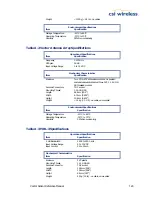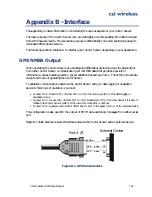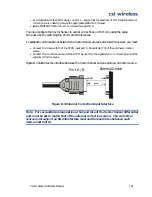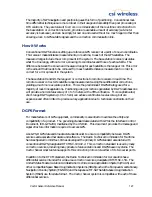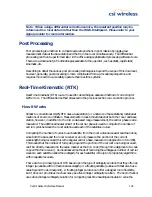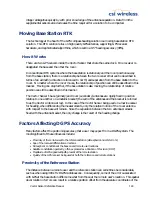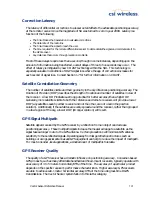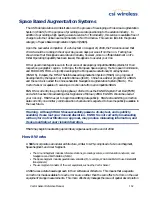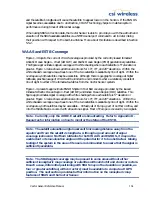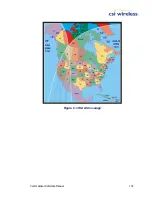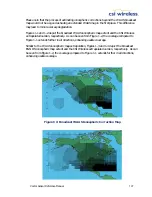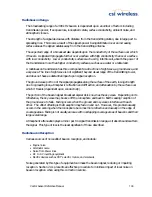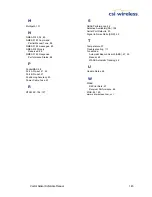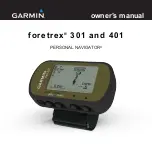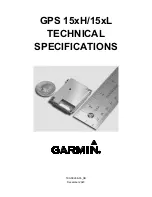
Vector Sensor Reference Manual
132
Space Based Augmentation Systems
The US Federal Aviation Administration is in the process of developing a Wide Area Augmentation
System (WAAS) for the purpose of providing accurate positioning to the aviation industry. In
addition to providing a high quality, accurate service for this industry, this service is available free of
charge to all other civilian users and markets in North America. This service falls into the greater
category of Space Based Augmentation System (SBAS).
Upon the successful completion of a 21-day test on August 24, 2000, the FAA announced that
WAAS would be running 24 hours per day, seven days per week from then on. Testing has
shown since that this signal is accurate and reliable, however, since no official statement on it’s
Initial Operating Capability has been issued, this signal is to used at your risk.
Other government agencies are in the process of developing compatible SBAS systems for their
respective geographic regions. In Europe, the European Space Agency, the European Commission,
and EUROCONTROL are jointly developing the European Geostationary Overlay System
(EGNOS). In Japan, the MTSAT Satellite-based Augmentation System (MSAS) is in progress of
development by the Japan Civil Aviation Bureau (JCAB). China has a similar program for a SBAS
and the service is named the Chinese Satellite Navigation Augmentation System (SNAS). The
Vector Sensor is capable of receiving correction data from all compatible SBAS.
EGNOS is currently in a prototyping phase, referred to as the EGNOS System Test Bed (ESTB)
and which has been broadcasting a test signal since February 2000. EGNOS should be used at
your risk only. MSAS has yet to begin transmitting data publicly. SNAS is transmitting correction
data currently on a military communication channel and is expected to become publicly available in
the near future.
Warning - Although WAAS has successfully passed a 21-day test, and is publicly
available; its use is at your risk and discretion. EGNOS is not currently broadcasting
with any form of certification or approval, may produce misleading information, and
its use is entirely at your risk and discretion.
MSAS may begin broadcasting a preliminary signal as early as the end of 2002.
How it Works
A SBAS incorporates a modular architecture, similar to GPS, comprised of a Ground Segment,
Space Segment, and User Segment.
•
The Ground Segment includes reference stations, processing centers, a communication network, and
Navigation Land Earth Stations (NELS)
•
The Space Segment includes geostationary satellites (For example, WAAS and EGNOS use Inmarsat-III
transponders)
•
The user segment consists of the user equipment, such as the Vector Sensor
A SBAS uses a state-based approach in their software architecture. This means that a separate
correction is made available for each error source rather than the sum effect of errors on the user
equipment’s range measurements. This more effectively manages the issue of spatial decorrelation



